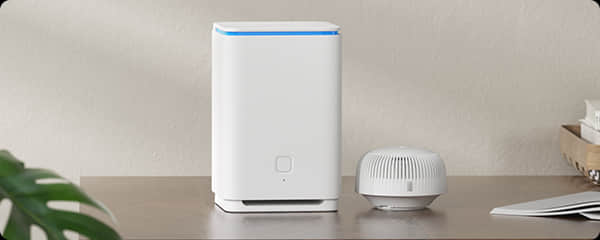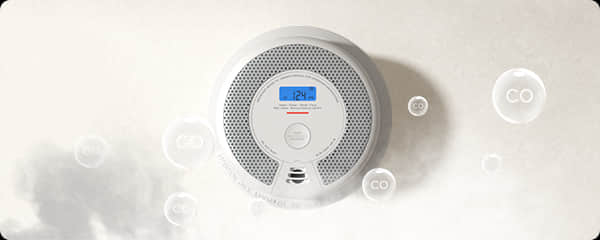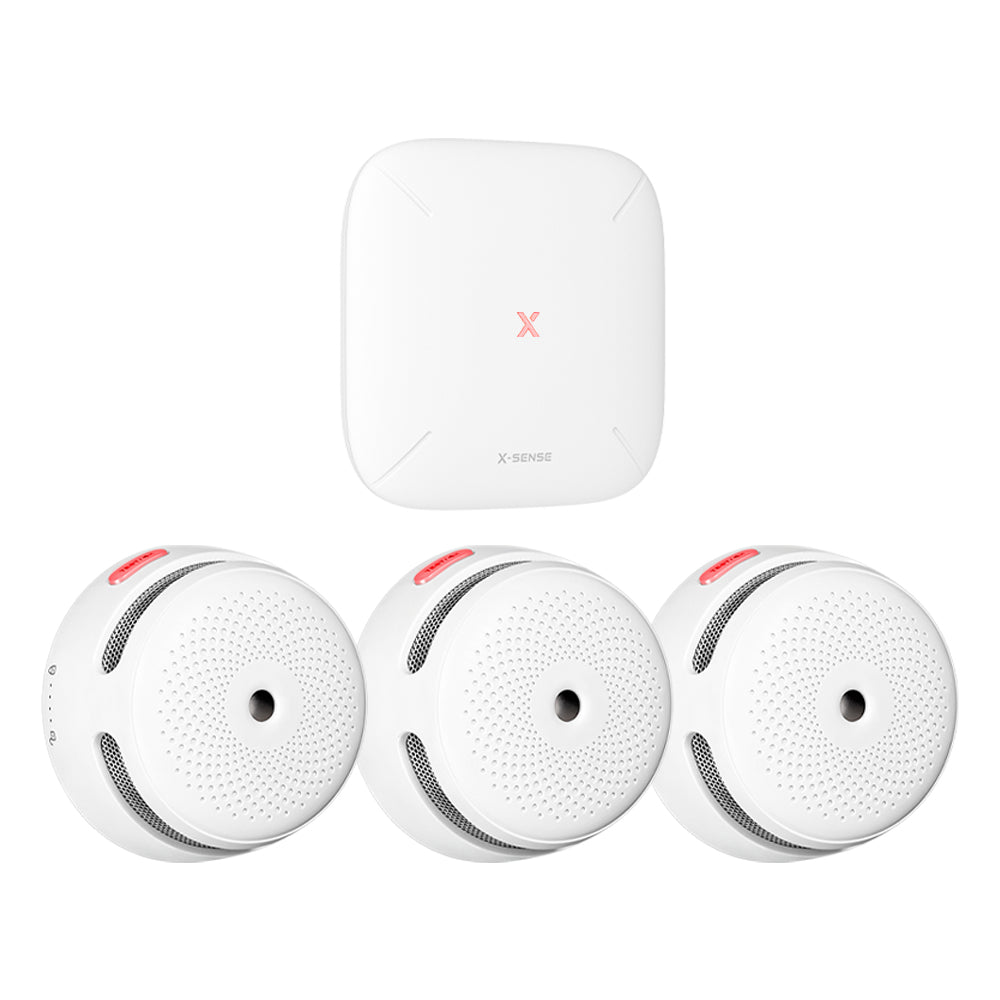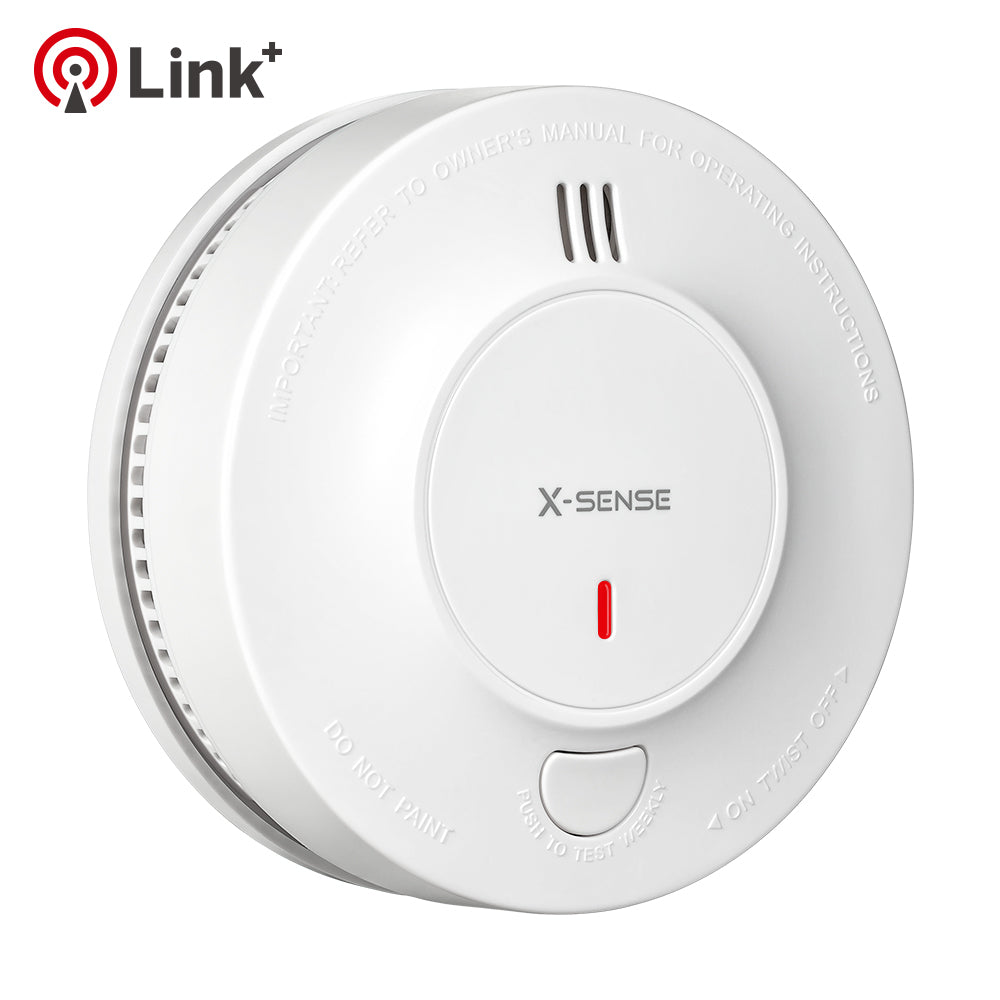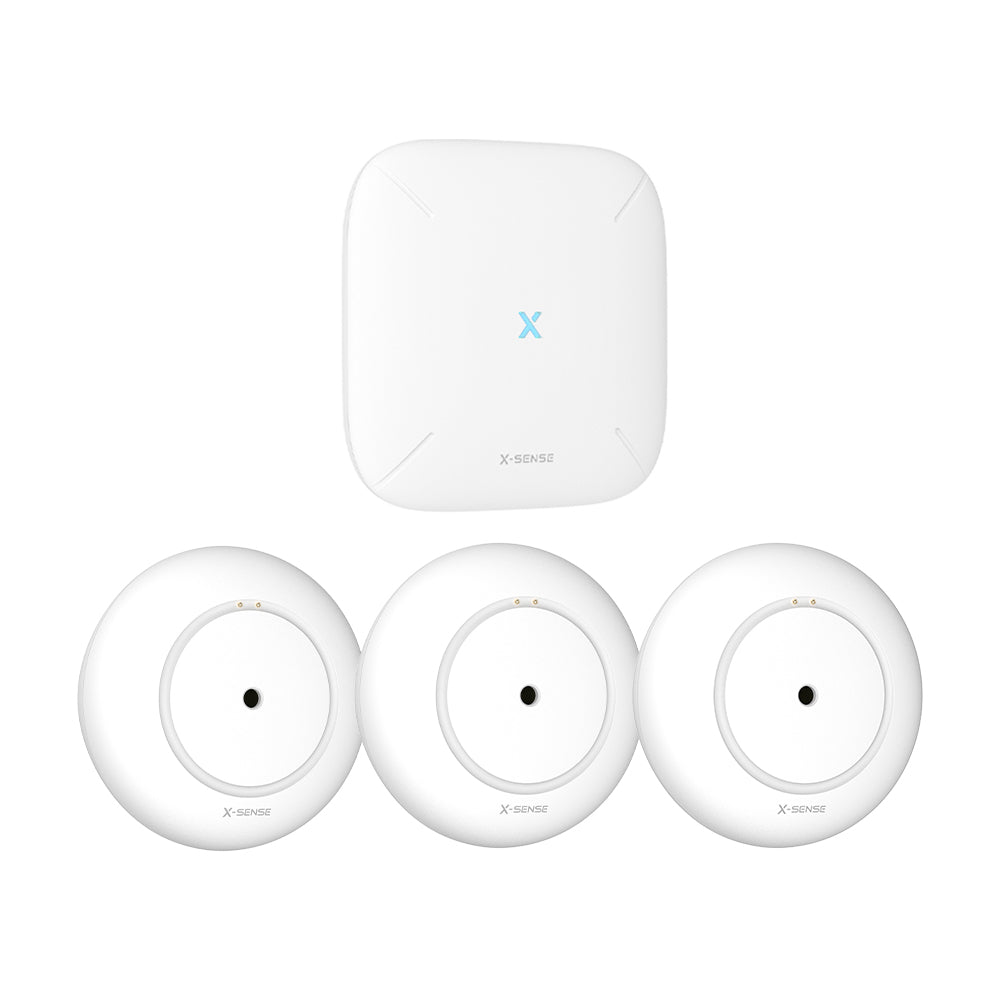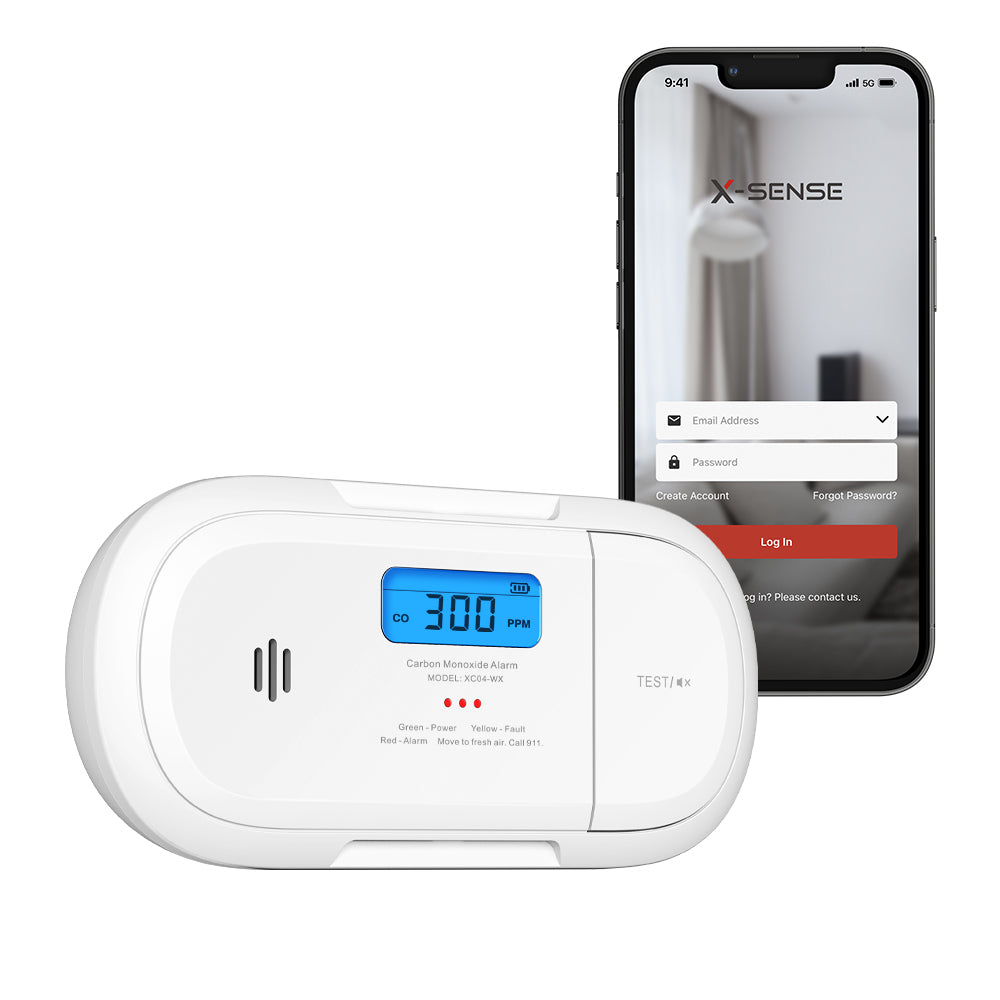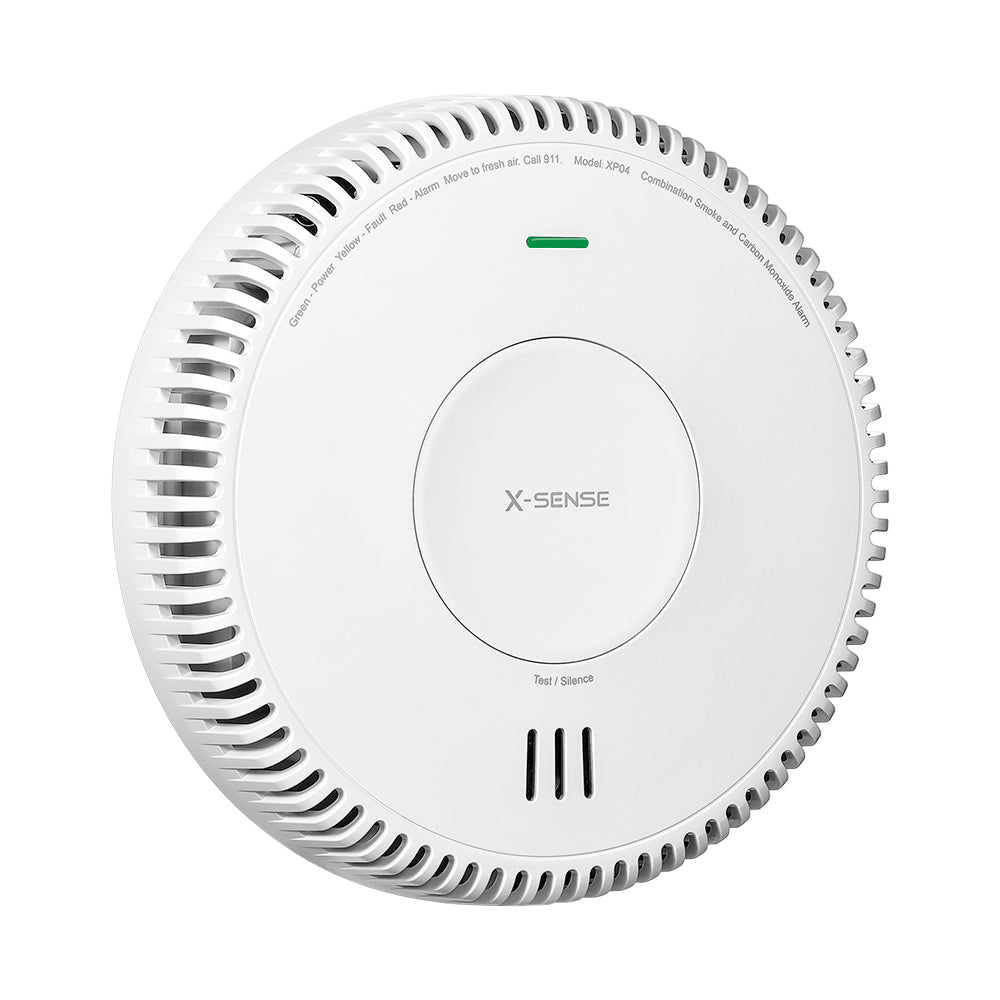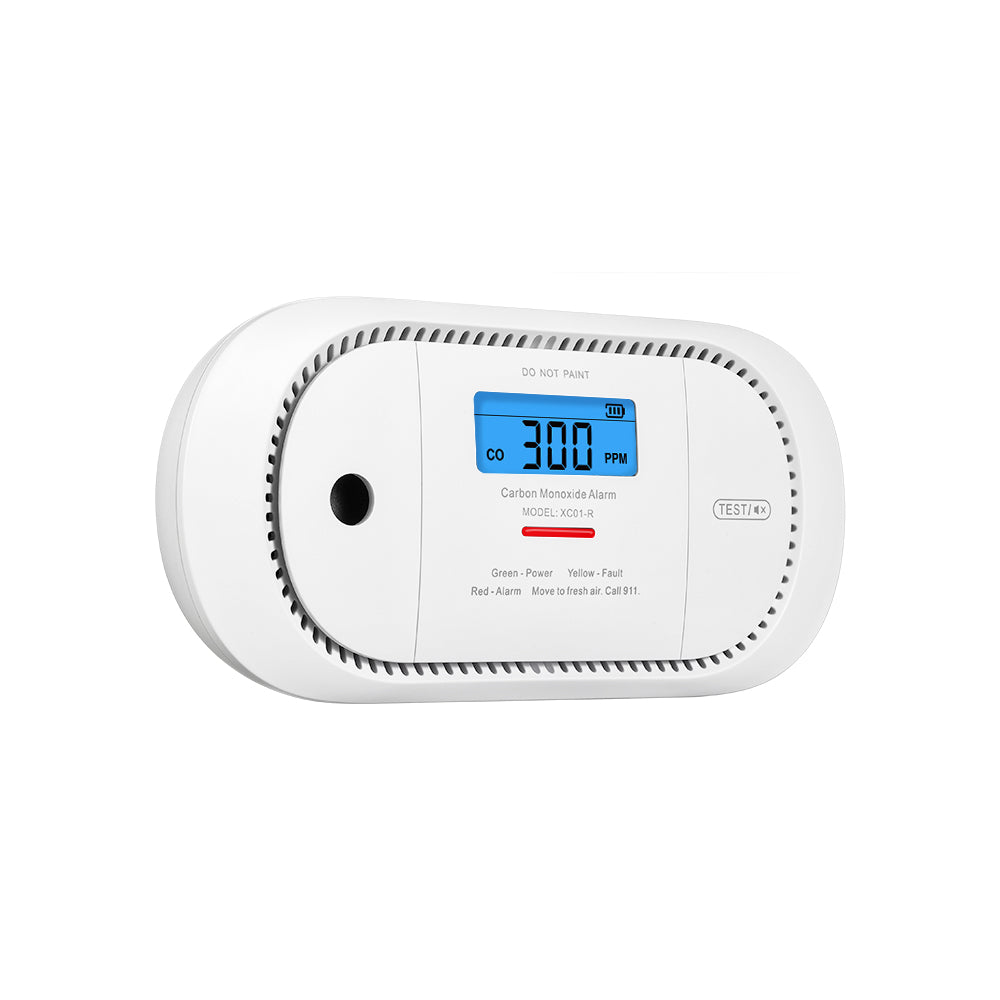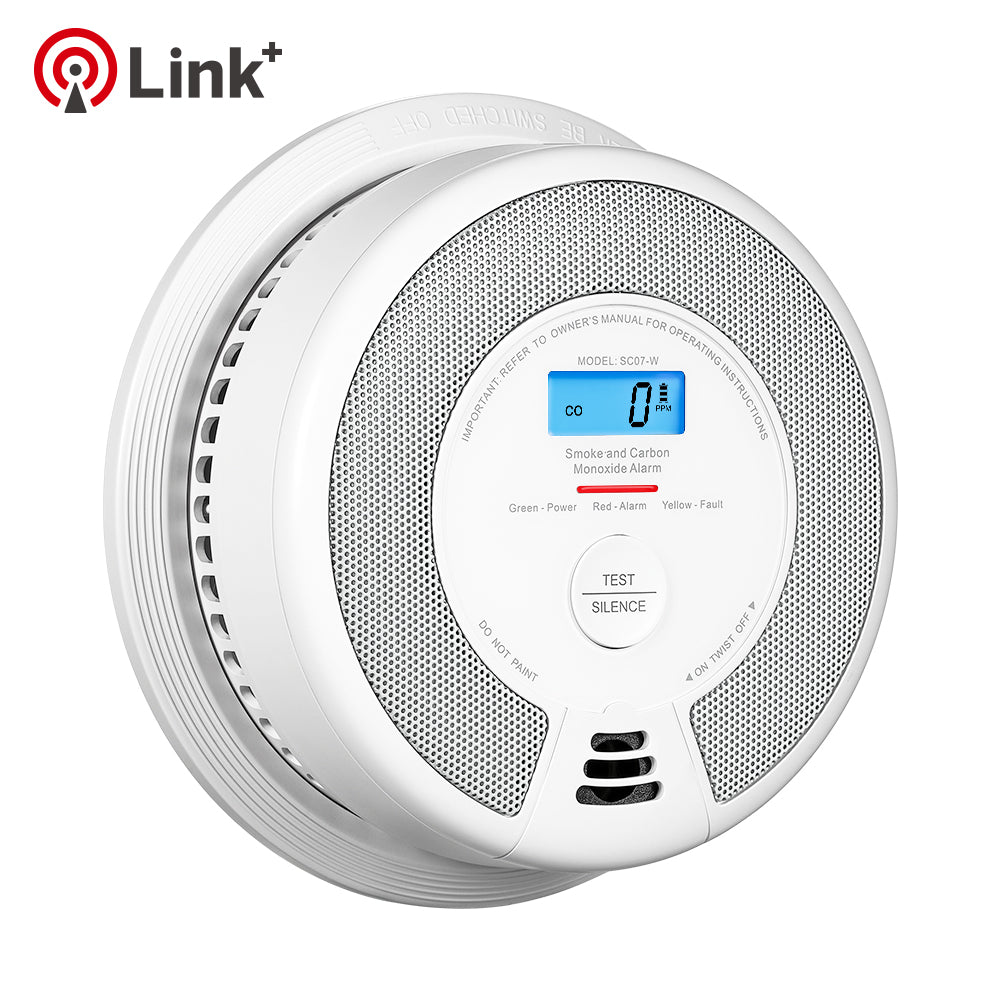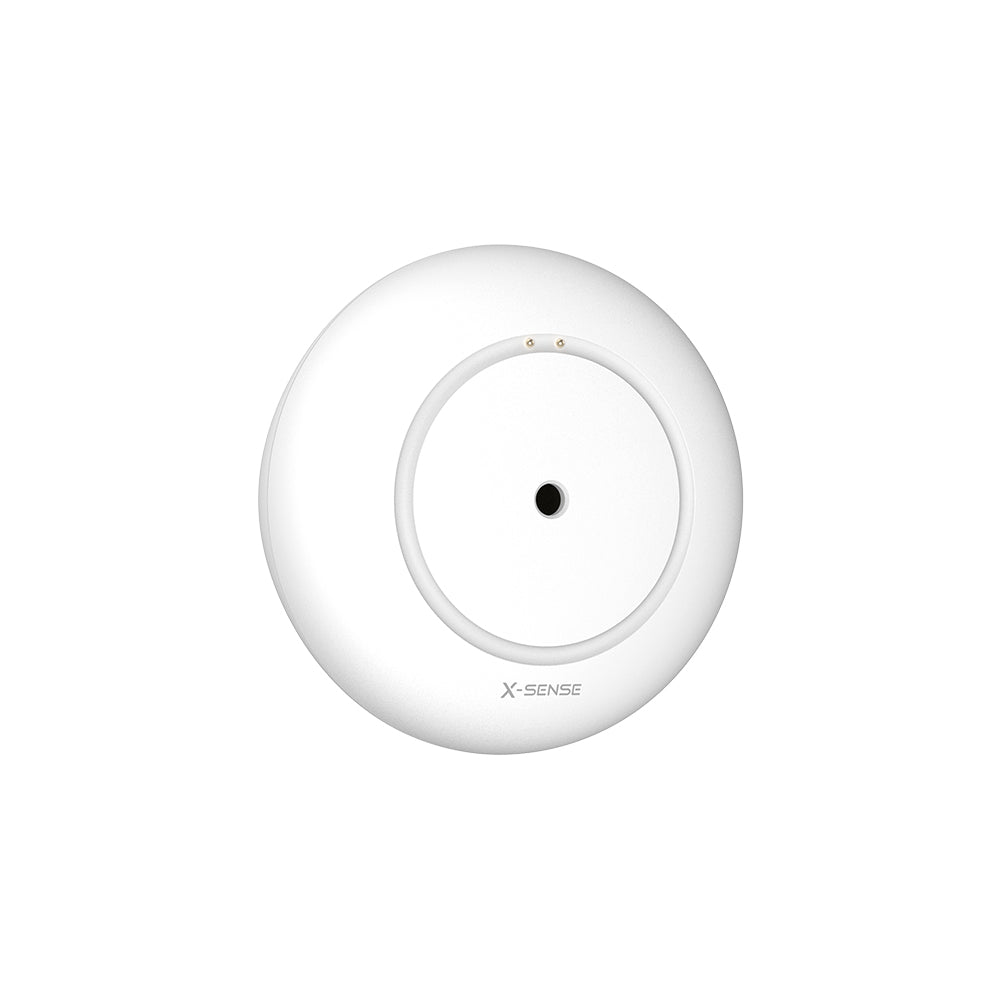Self-Rescue Guide: Emergency Actions When Your Carbon Monoxide Detector Alarms
Fri, Apr 19, 2024
When a carbon monoxide (CO) detector alarm sounds, it's imperative to act quickly and decisively. Carbon monoxide is a deadly gas that can incapacitate or kill in minutes. Here's what to do if your carbon monoxide detector goes off.
Immediate Steps to Take
- Do Not Ignore the Alarm: Never assume it's a false alarm. CO is invisible and odorless, and symptoms of poisoning can be subtle.
- Evacuate Immediately: Alert everyone in the building and leave the premises as quickly as possible. Do not stop to gather belongings.
- Account for Everyone: Once outside, do a headcount to ensure all occupants, including pets, are accounted for and safe.
- Call for Help: From a safe distance away from the building, call emergency services or the fire department. Use a neighbor's phone or a cell phone outside the house.

Detailed Evacuation Procedure
- Stay Calm and Move Quickly: Panic can lead to confusion. Move swiftly but calmly to the nearest exit.
- Assist the Vulnerable: Help children, the elderly, and those with mobility issues to evacuate.
- Avoid Closed Spaces: Do not enter garages or closed spaces where CO can accumulate.
- Leave Doors Open: As you exit, leave doors open to allow for ventilation.
Contacting Emergency Services
- Provide Clear Information: When calling 911 or your local emergency number, state that the CO alarm has gone off. Provide your address and the number of people and pets in your group.
- Do Not Re-enter: Wait for the emergency services to arrive and do not go back inside the building until they have given you permission.
Verifying the Alarm
- Emergency Services Inspection: Allow the professionals to check CO levels with their specialized equipment.
- Ventilation Check: If it's a false alarm, it could be due to poor ventilation. Ensure all vents and chimneys are not blocked.
Preventing False Alarms
- Routine Maintenance: Regularly check and maintain fuel-burning appliances.
- Proper Detector Placement: Install CO detectors according to the manufacturer's instructions, away from sources of humidity or fumes that could cause false alarms.
- Regular Testing: Test your CO detector monthly and replace batteries at least once a year.
Conclusion
Understanding these steps can save lives. If your carbon monoxide detector goes off, remember that safety comes first—evacuate immediately and call for help. Taking these actions without delay is the best defense against the dangers of carbon monoxide poisoning.
